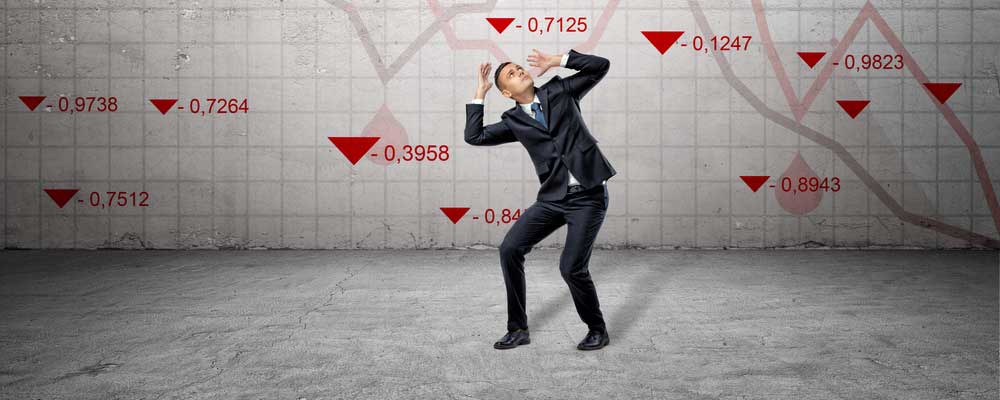Robinhood is a popular brokerage firm among millennials. It’s an app that lets them trade stocks for free.
If you aren’t a millennial, you might know there are no free lunches on Wall Street.
You know if your broker buys you lunch, they used your commissions to pick up the check.
But Robinhood doesn’t charge commissions. That’s certainly a good deal, if it’s true.
But since we know there can’t be a free lunch, it’s obvious Robinhood makes money somewhere.
The High Price of Free Trades
A broker can execute trades between two of its clients. This is known as internal crossing of orders, and it can be beneficial to clients.
When a trade crosses internally, other traders don’t see the order until it’s executed. That means both sides of the trade can get a better price.
The broker makes a little money on crossing. But since it benefits many investors, no one cares that brokers make money.
Robinhood doesn’t cross orders internally. Instead, the firm sells order flow to high-frequency trading firms (HFTs).
Selling order flow is exactly what it sounds like. Brokers take your information and sell it to the highest bidder. Exchanges or HFTs then make money on the information. Usually, it’s just a fraction of a cent per share.
Robinhood says this is OK because everyone does it.
Right now, if you’re not a millennial, you might have a memory of your grandmother asking if you would jump off a bridge simply because everyone else did. And trading on Robinhood is, in effect, jumping off a bridge without a safety net.
The safety net is the internal crossing of orders. That process helps stock prices fall smoothly in market crashes.
But before getting to that, let’s look at how much Robinhood makes from selling order flow.
Robinhood Gets Rich
All brokers report how much they make by selling orders. TD Ameritrade, for example makes $0.0016 per share, on average, from one HFT firm. Robinhood makes an average of $0.00026 per dollar of order flow from that same HFT firm.
For some reason, Robinhood uses a nonstandard way of reporting this metric. But we can see that Robinhood makes about $0.078 per share in a $300 stock like Tesla, or 48 times more money than the $0.0016 per share TD Ameritrade makes.
Robinhood makes more than other brokers on almost any stock.

Maybe the extra costs are why Robinhood is using a different reporting metric. But there must be a reason order flow from Robinhood is worth so much. The HFT firms must be making more money from the firm’s customers than they do from other brokers.
The High Risk of Free Trades
The real danger in Robinhood could be the fact that it will simply release orders into the market during a crash.
Traditional brokers take steps to reduce the impact of orders in a crash. And even with this safeguard, there are still occasional problems.
One safeguard is that internal processing of orders. Without this ability, Robinhood will have to dump orders into the market when HFTs refuse to pay for order flow.
And HFTs reduce trading when markets crash. So, Robinhood will make crashes more severe.
It will also prevent markets from returning to normal as quickly as they could since extra sell orders will just be sitting there as prices try to bounce back.
An example of this occurred in May 2010. That was the Flash Crash. The Dow Jones Industrial Average fell more than 1,000 points in minutes and then recovered.
The problem that day was that a smaller mutual fund in Kansas City tried to execute too many e-mini S&Ps in too short a time.
As prices fell, HFT firms stopped trading. There’s no legal requirement to lose money, so HFTs had no reason to trade until order flow returned to normal.
Large Firms Are “Doing God’s Work”
In 1987, we had market makers instead of HFT firms. Market makers were legally required to lose money, so that decline wasn’t as bad as it could have been.
If market professionals can crash a market that depends on HFTs, imagine what millennials can do. We may soon find out.
The safeguards large firms provide in market crashes are one reason the CEO of Goldman Sachs said in 2009 that financial firms are just doing God’s work.
By focusing on disrupting the system that makes global finance possible, Robinhood is building Satan’s playground in the middle of the markets.
One day, we will look back at Robinhood and wonder how regulators allowed it to happen. Just like how we look back at 2008 and wonder how regulators allowed liar loans and other things to cause that crash.
For now, we should ask why exactly are HFT firms paying so much for Robinhood’s orders. Maybe these trades aren’t really free.
Regards,

Michael Carr, CMT
Editor, Peak Velocity Trader




